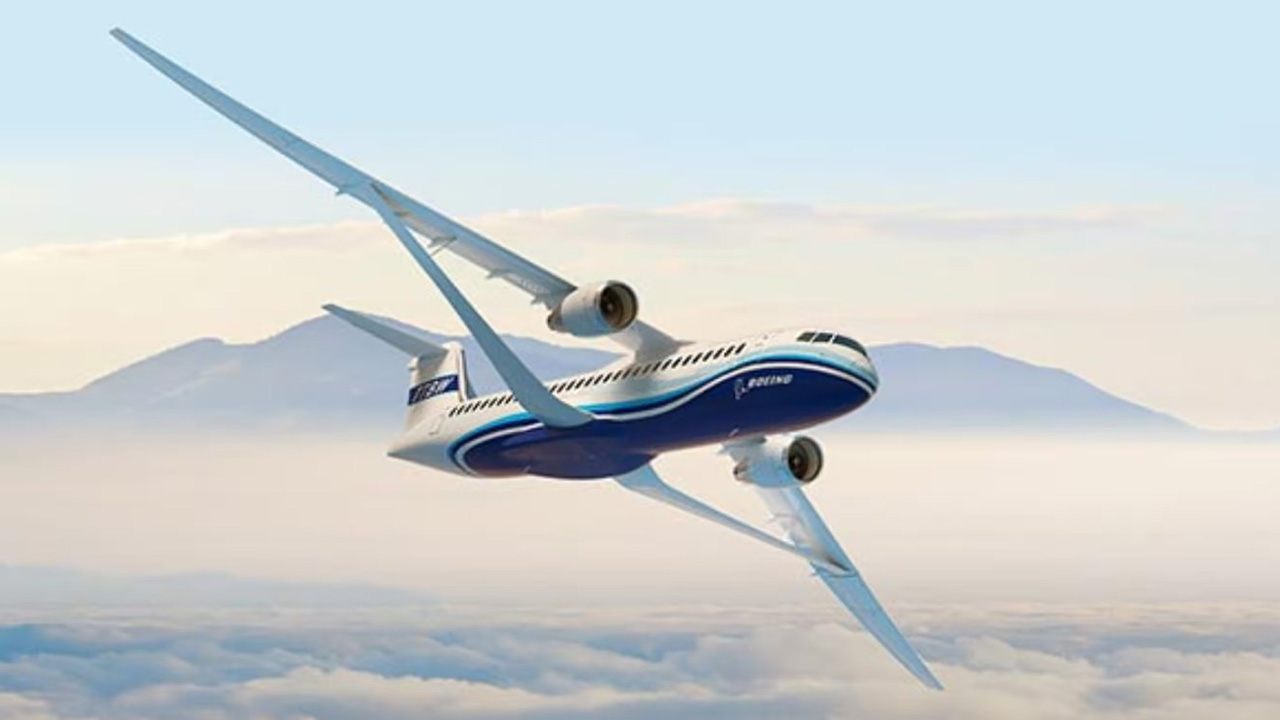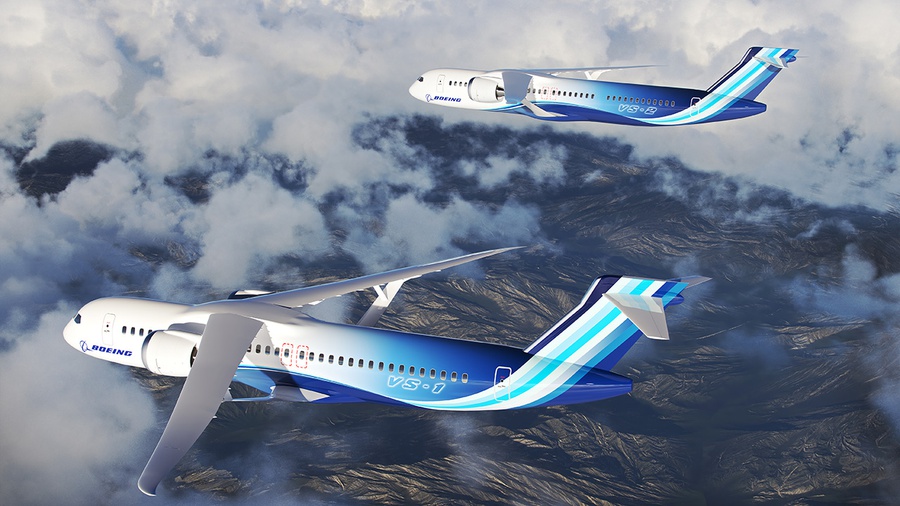The TTBW concept marries high lift and reduced drag associated with long, slender wings found on glider aircraft with structural reinforcement. The wings are suspended from the top of the fuselage, held aloft by airfoil-shaped trusses that radiate downwards from the aircraft's belly. By ridding itself of bulkier designs, the TTBW demonstrator aircraft promises to cruise at Mach 0.8 (593 mph/955 km/h).
If successful, the project could shape industry decisions concerning single-aisle aircraft that could take flight in 2030s. Challenges remain in terms of accommodating such lengthy wings in traditional airport terminals and hangars as well as addressing fuel storage considerations--high aspect ratio wings do not offer space for traditional fuel tanks; these must now be contained within the fuselage.
Boeing offers no indication as to when testing will commence but has indicated that it intends to complete testing by the late 2020s. If all goes according to plan, human passengers can look forward to a new era of more efficient travel in just over ten years' time.


